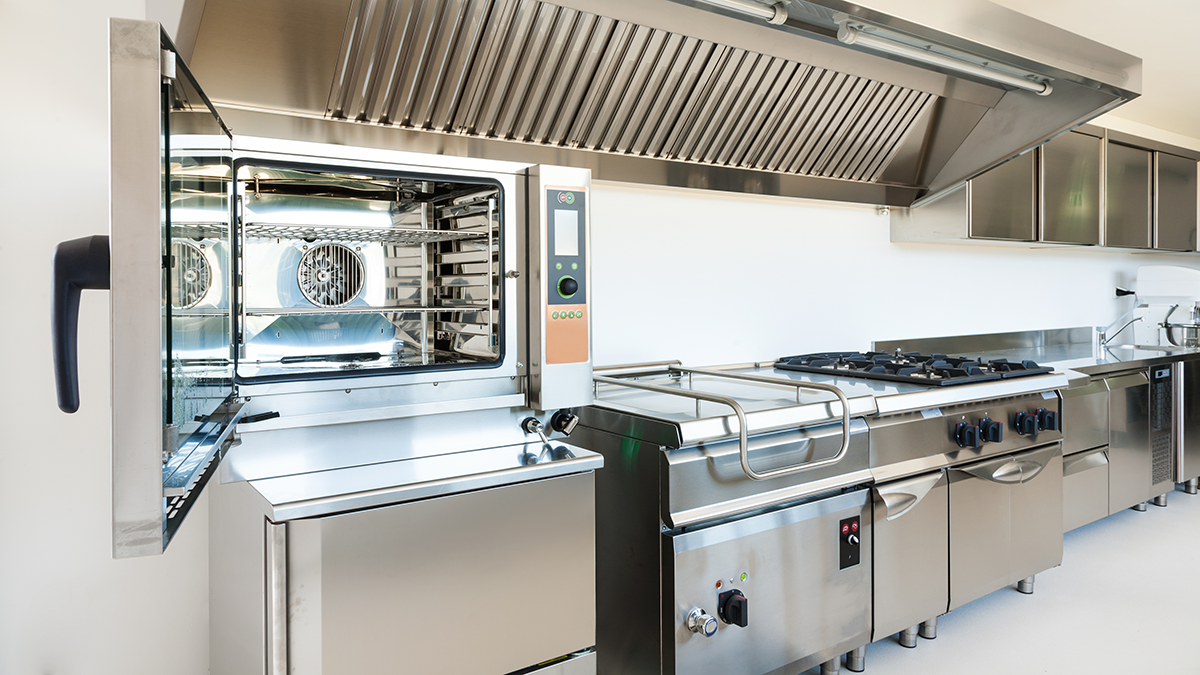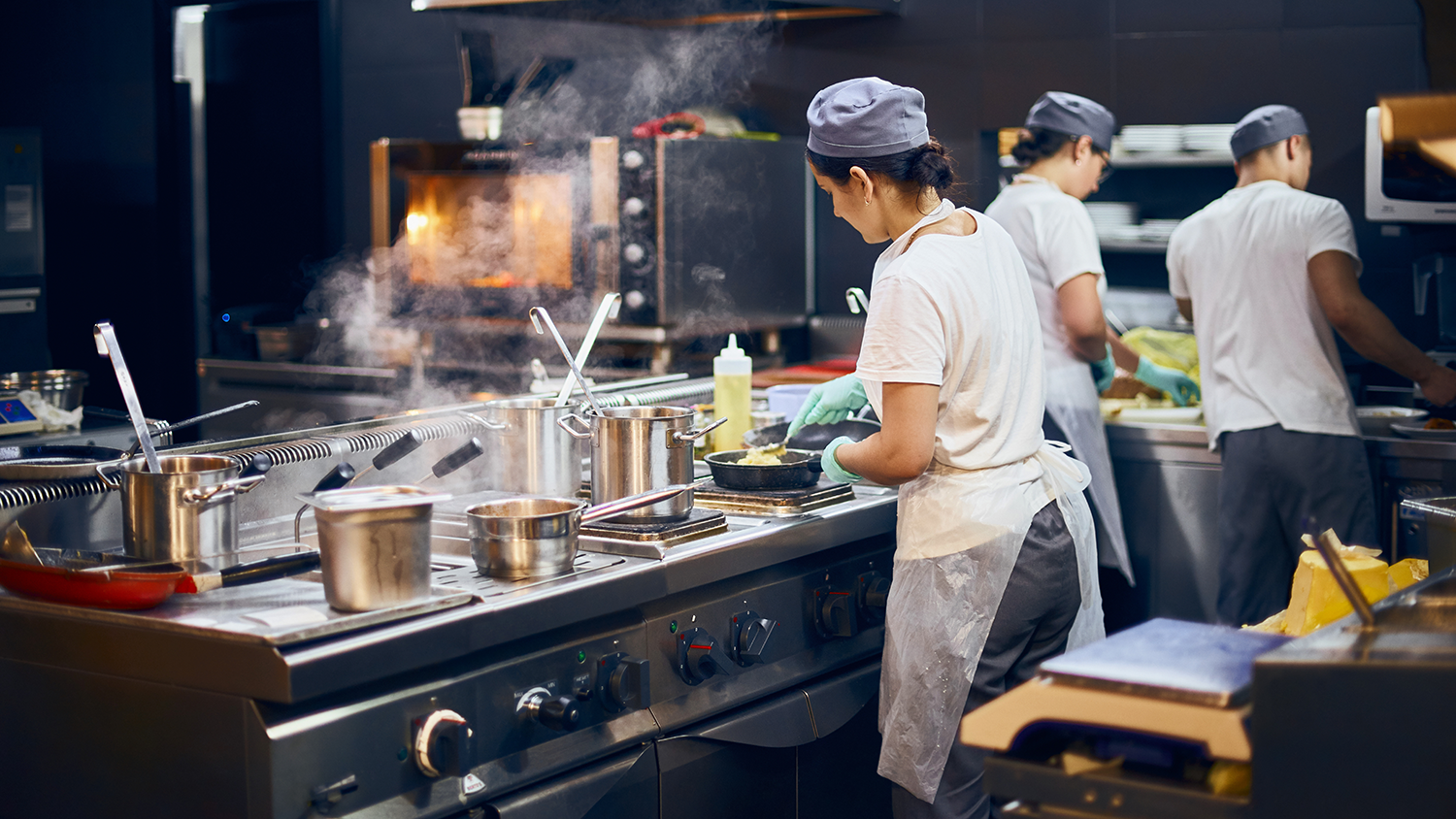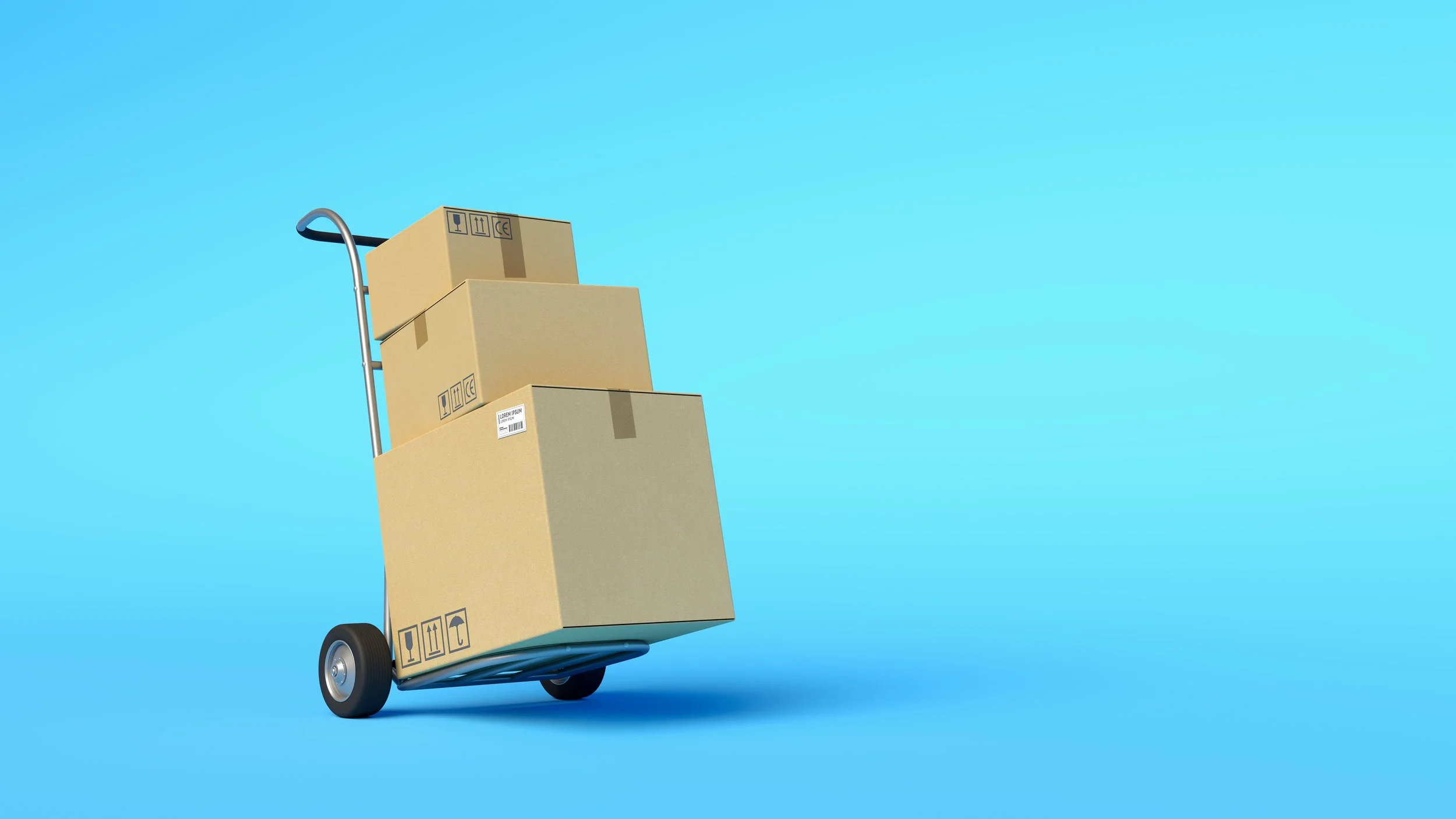By Ben Hartwig, Contributor
Anyone who operates a restaurant knows just how expensive the industry can be. From rent, labor, inventory, marketing and more, there’s a lot of money flowing out of the business. And one of the biggest expenses that can have long-term effects on your restaurant is your equipment. Your restaurant can’t make money without it, but the initial cost and on-going maintenance can be a drag on your bottom line if you’re not careful.
In this post we discuss the most expensive mistakes restaurateurs make when purchasing equipment and some ways to avoid it and keep your business above water.
Not Calculating Costs & Returns on Investment Accurately
One of the most made expensive mistakes is not charting and planning expenses. Predicting the expenses for procuring commercial kitchen equipment is an important step that helps you avail any necessary loans or lines of credit beforehand.
It also allows you to calculate what percentage of your savings you can put into the entire cost of the investment. Calculating prices of the kitchen equipment should cover the entire cost, which means you're expected to factor in the energy, maintenance, and upkeep costs of the machinery beforehand. Not doing this can result in potential cash crunches when unexpected expenses knock on your door.
Calculating costs in the long term is an absolute necessity, and you can get help from a professional when doing this. The other aspect of finance is calculating the return on your total investment. Commercial kitchen equipment is a long-term investment, and your returns have to be spread out and consistent as well. Menu engineering, accurate pricing, marketing, and location selection factor into returns on investment as this is precisely the amount you need to break even and eventually make profits. Miscalculating returns is an expensive mistake that can lead to restaurant failure.
Not Utilizing Restaurant Kitchen Space Efficiently
Before purchasing large commercial kitchen & restaurant equipment, it's important to know the space available in your kitchen and to plan your purchases accordingly. If your purchases are not made along these lines, you're bound to have either a cramped kitchen or have extra space, both of which can lead to expenses.
Be sure to go through the specifications and sizes of the equipment before you choose to put down a deposit. This is especially important for large appliances like commercial refrigeration equipment because they tend to take up a lot of space and business owners tend to underestimate the true size of these machines.
You can also choose to buy equipment that has multiple functionalities to avoid having several machines in the kitchen, causing chaos.
Being Ignorant About Energy Costs & Calculations
Energy costs are recurring expenses that must be factored in every month. They also cannot be calculated within static models of expenses as the amount of energy you consume -- whether electric or gas -- varies every month.
These running costs can dent your profit margins, leading to expensive upkeep for your operation if you choose equipment that is not energy-efficient. This can also happen if you choose equipment that is too large for your operation. If you run a small restaurant and have units that are capable of handling several hundreds of orders an hour, the cost of maintaining it automatically increases.
Choosing your commercial kitchen equipment wisely while cross-referencing the energy ratings with Energy Star can help you get a good idea about potential running costs. Be sure to choose restaurant equipment that is ranked high on the energy rating scale to help you save costs, while looking for other ways your restaurant can keep energy costs down and going green.
Failing to Make Precise Comparisons Between New & Used Restaurant Equipment
A major conundrum most restaurateurs face is the question concerning new vs. used restaurant equipment. Several restaurateurs end up investing too heavily in new commercial kitchen & restaurant equipment, leading to budget crunches and prolonged investment return periods.
On the other hand, heavily relying on used equipment has led many operations to spend a large portion in the maintenance and upkeep of these relatively old appliances. It's important to find the right balance between new and old equipment when outfitting your restaurant kitchen. While new equipment comes at higher prices, they offer valuable long-term warranties and free services. Used equipment can cut your upfront investment by over half, however, they do come with hidden maintenance and upkeep costs that you will have to pay for due to the lack of warranties in many cases.
Ascertain warranties when purchasing new equipment and the condition of the appliances when buying them used. Invest in new equipment for machines you intend on using long-term, while you can switch to used equipment when buying machines you expect to use for shorter periods. You can also consider leasing options to save both upfront and maintenance costs.
Failing to Prioritize Your Restaurant’s Necessities
Every restaurant is different. The cuisine, the target crowd, the locale, the kind of decor, and the taste are all bound to be unique.
This also means every operation has its own set of essentials and necessities that should top the priority list. Deciding the menu and setting your equipment list based on the items you plan to offer is an important step many restaurateurs miss. This leads to the purchase of equipment they don't need or missing out on equipment they forgot to include, which then leads to additional costs and potential losses.
Every restaurant has its own set of items that are essential for its functionality. Deck-based ovens are essential for pizzerias, but they might not be required for a Chinese restaurant. Likewise, a café requires beverage dispensers and holders, whereas bakeries have proofing cabinets placed higher on the priority list. These are some of the more obvious examples, but it illustrates how important it is to get the right gear for your restaurant. Ensure you create a detailed list of essential equipment necessary to create all the items on your menu so you don't end up with commercial kitchen and restaurant equipment that's redundant to your operation.
Restaurant equipment forms the functional groundwork of your operation. Investing incorrectly and not focusing on the finer details can lead to losses and unforeseen expenses. Be sure you take a detailed approach to avoid costly mistakes.
















